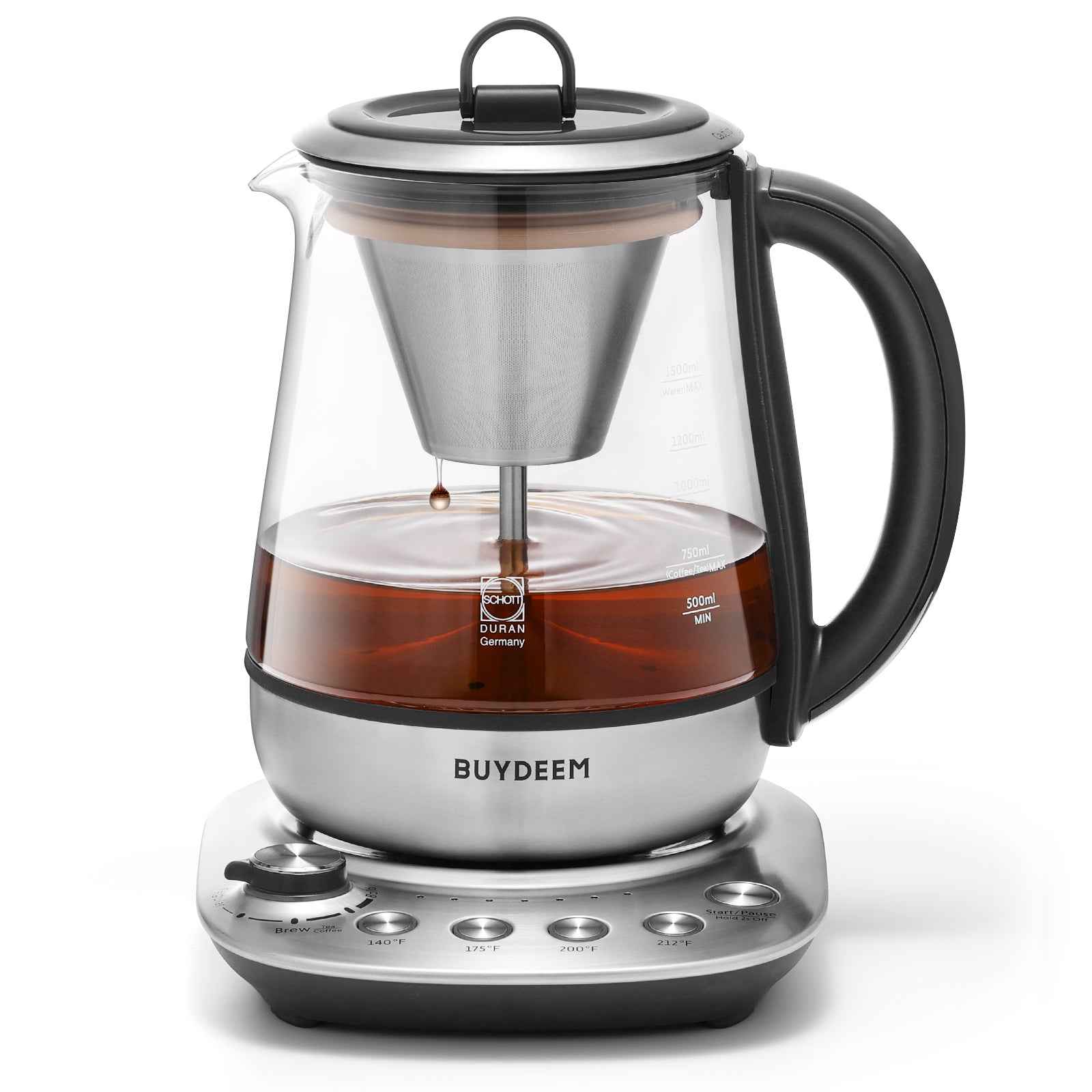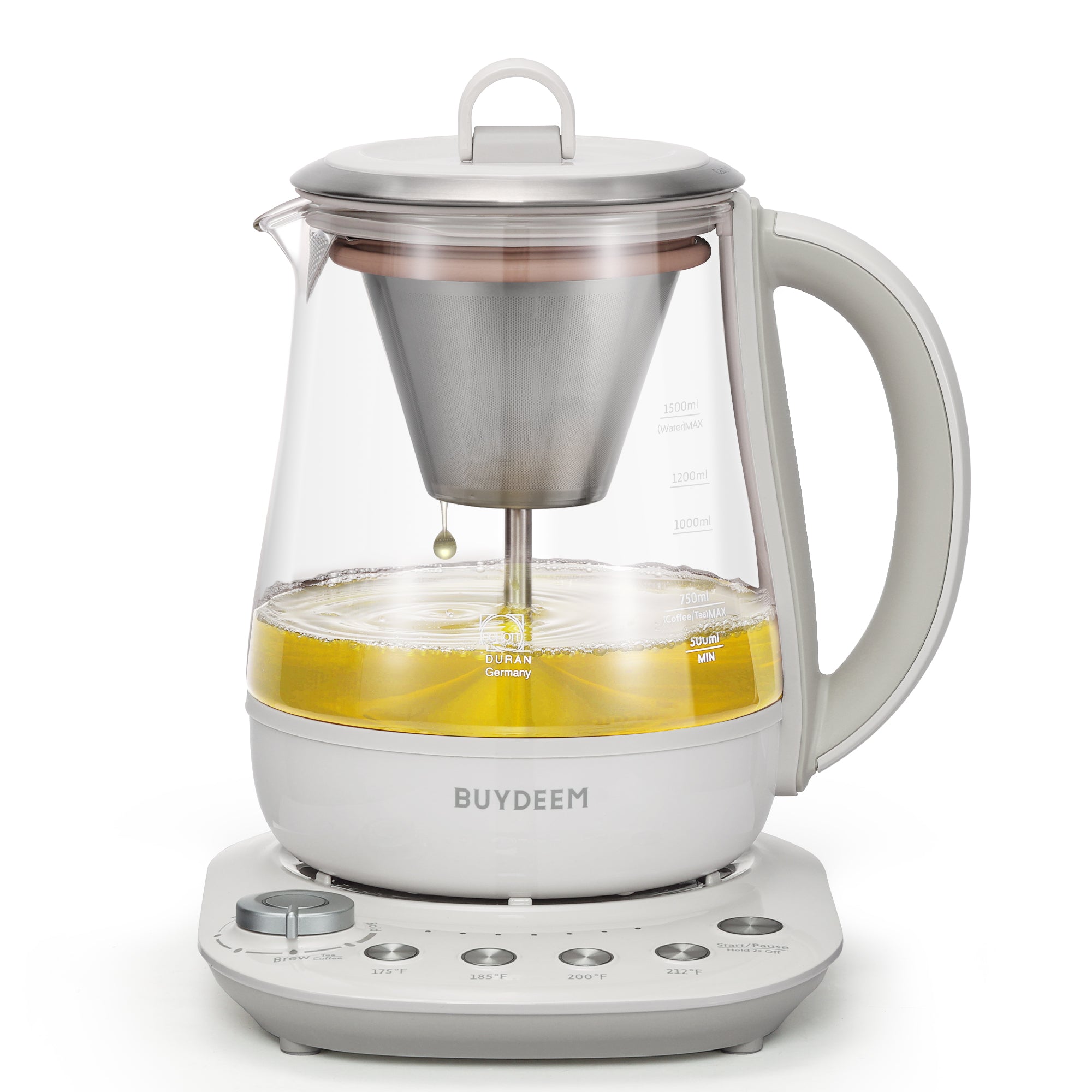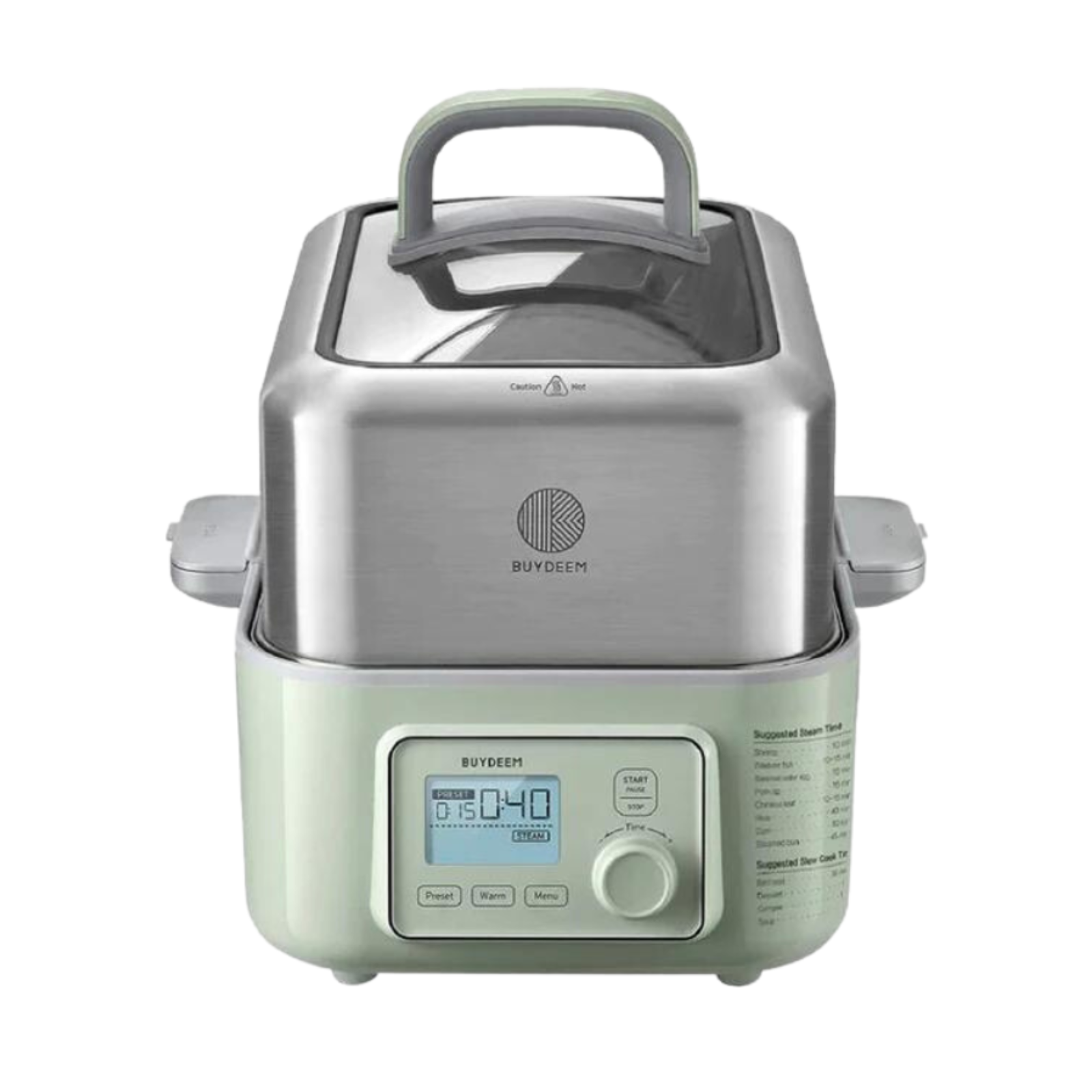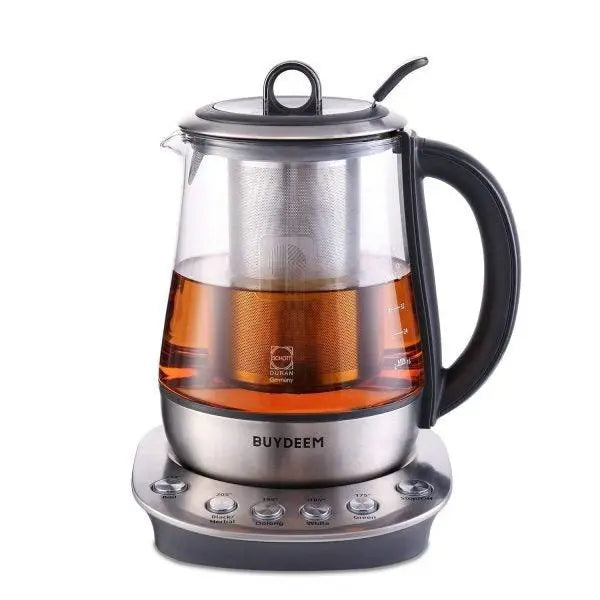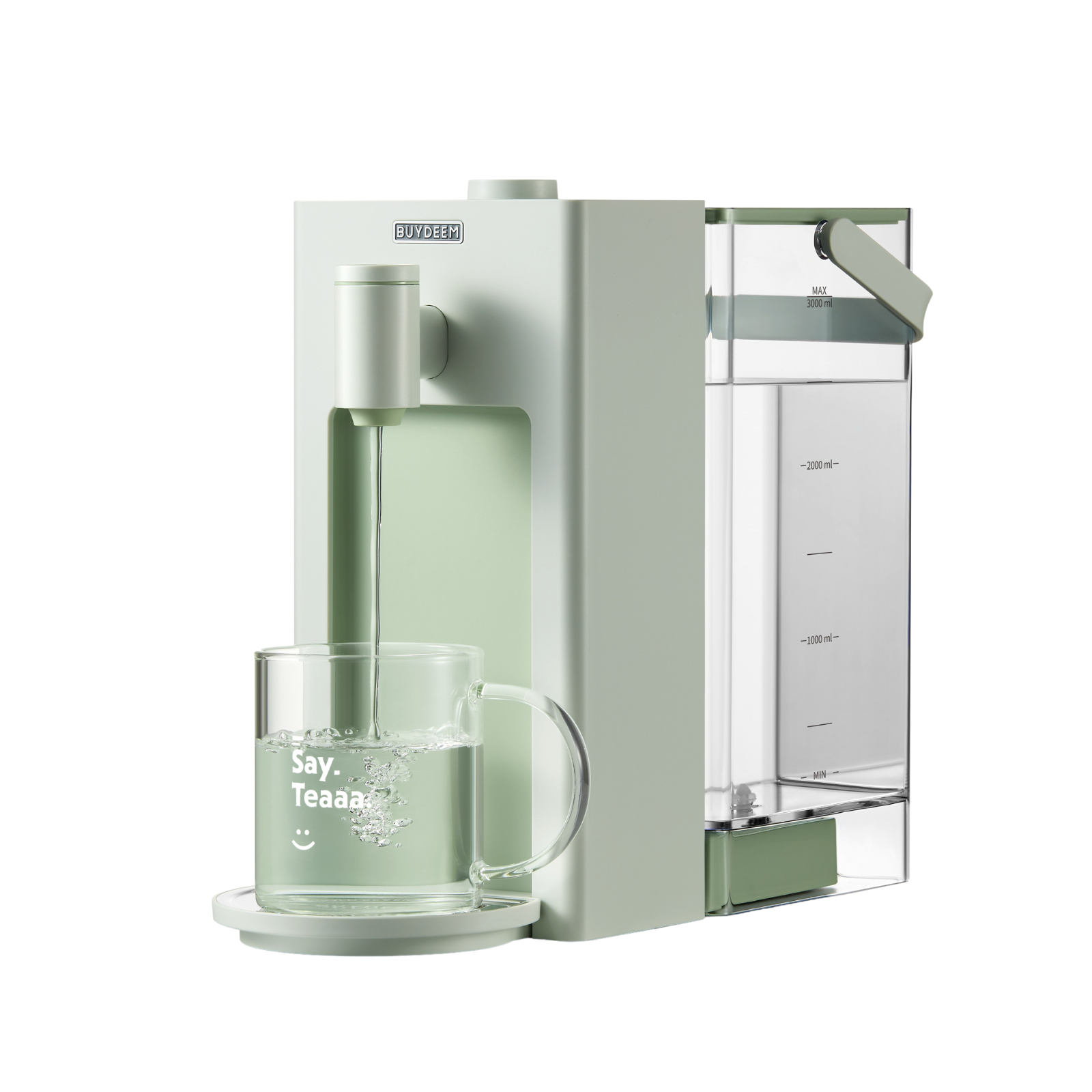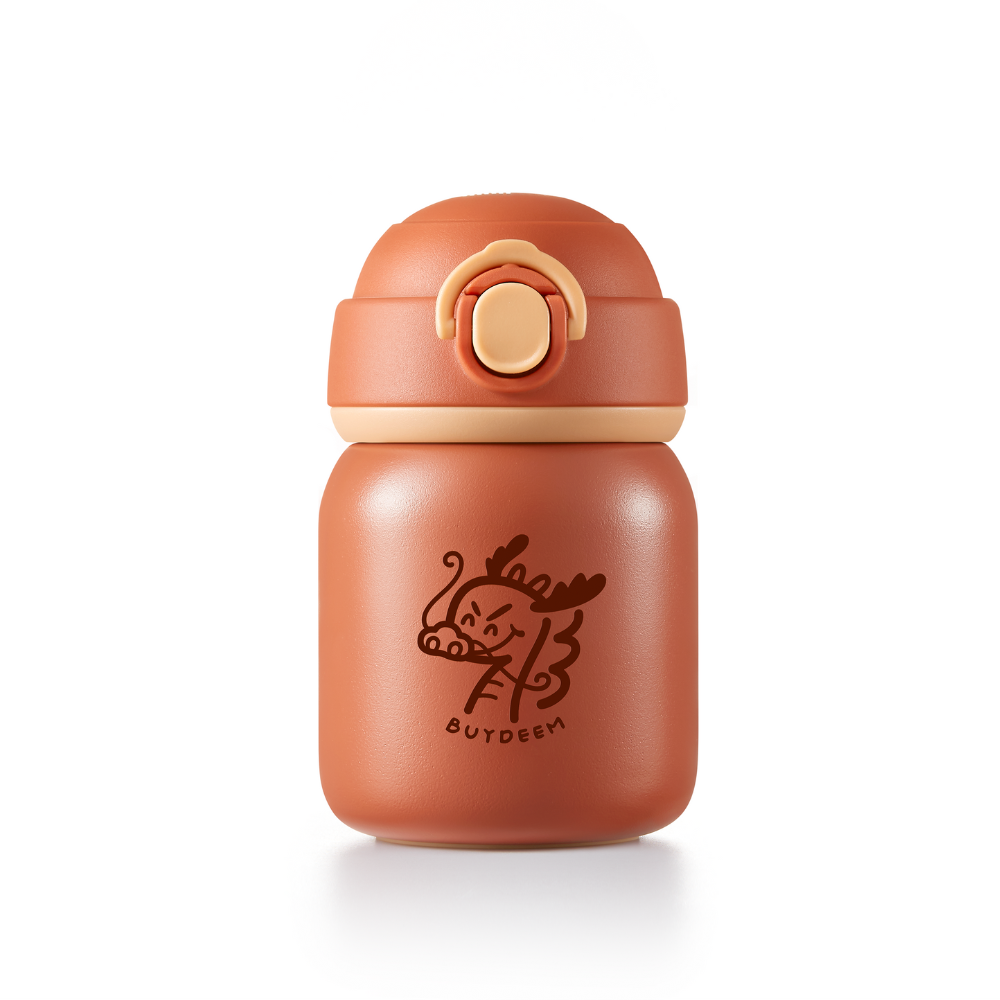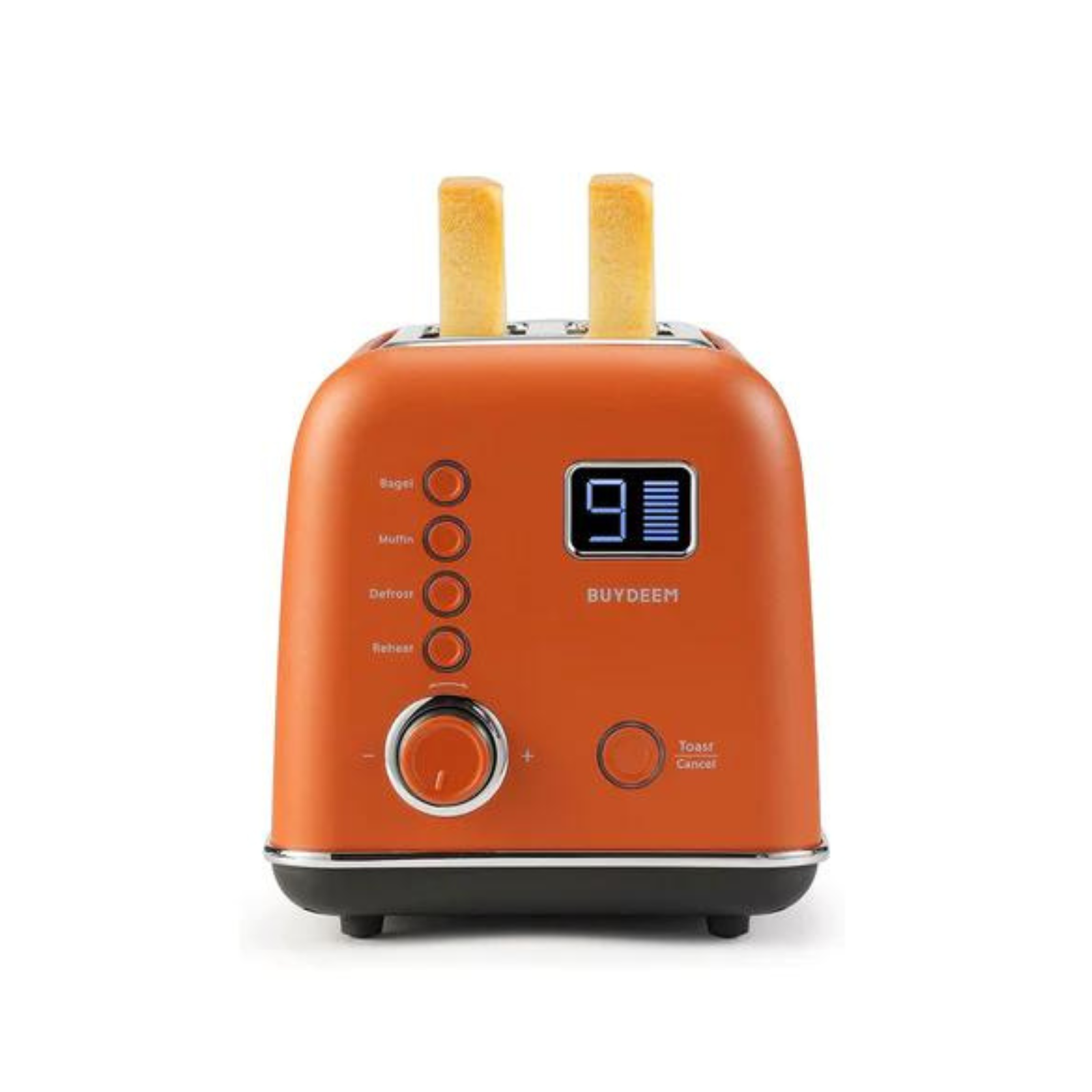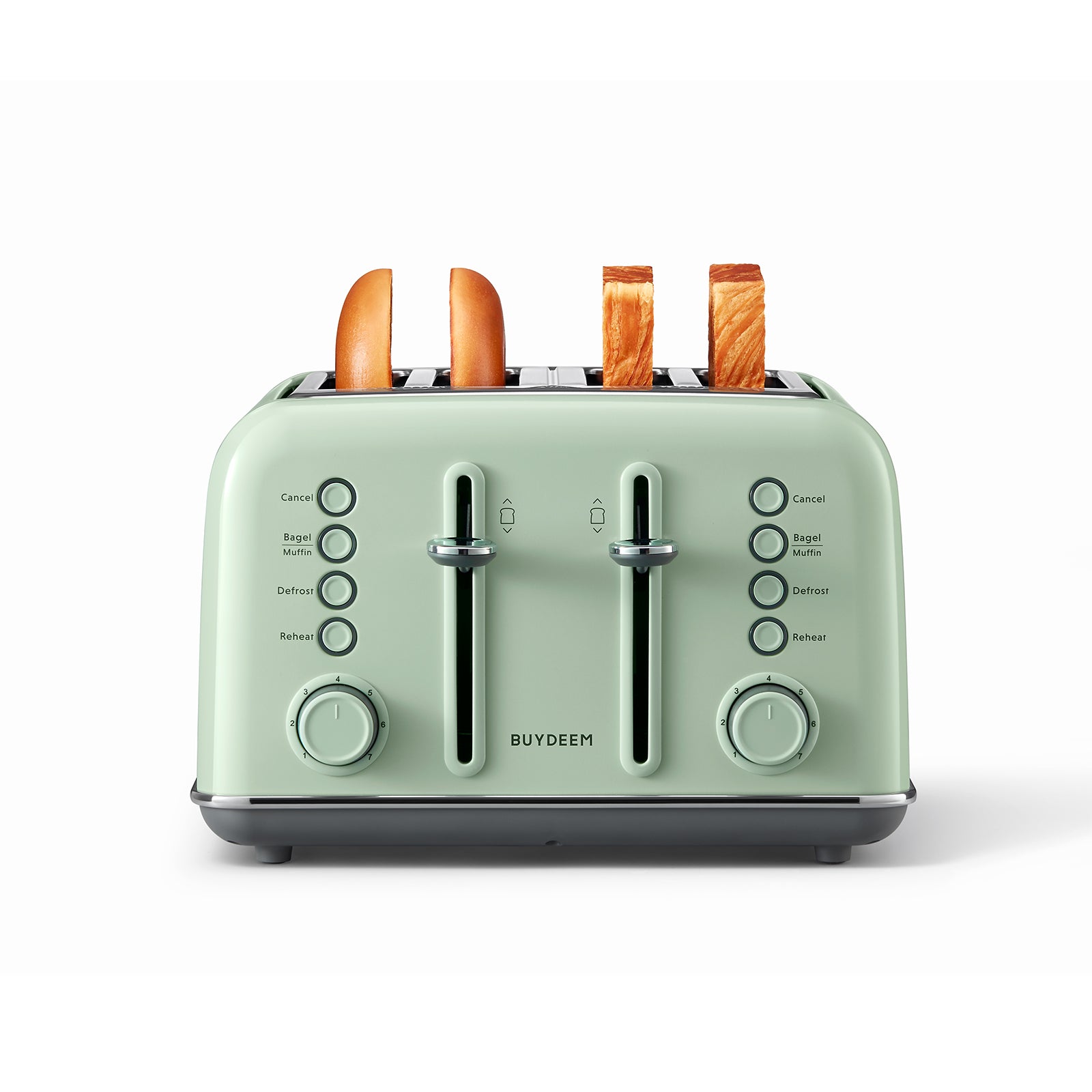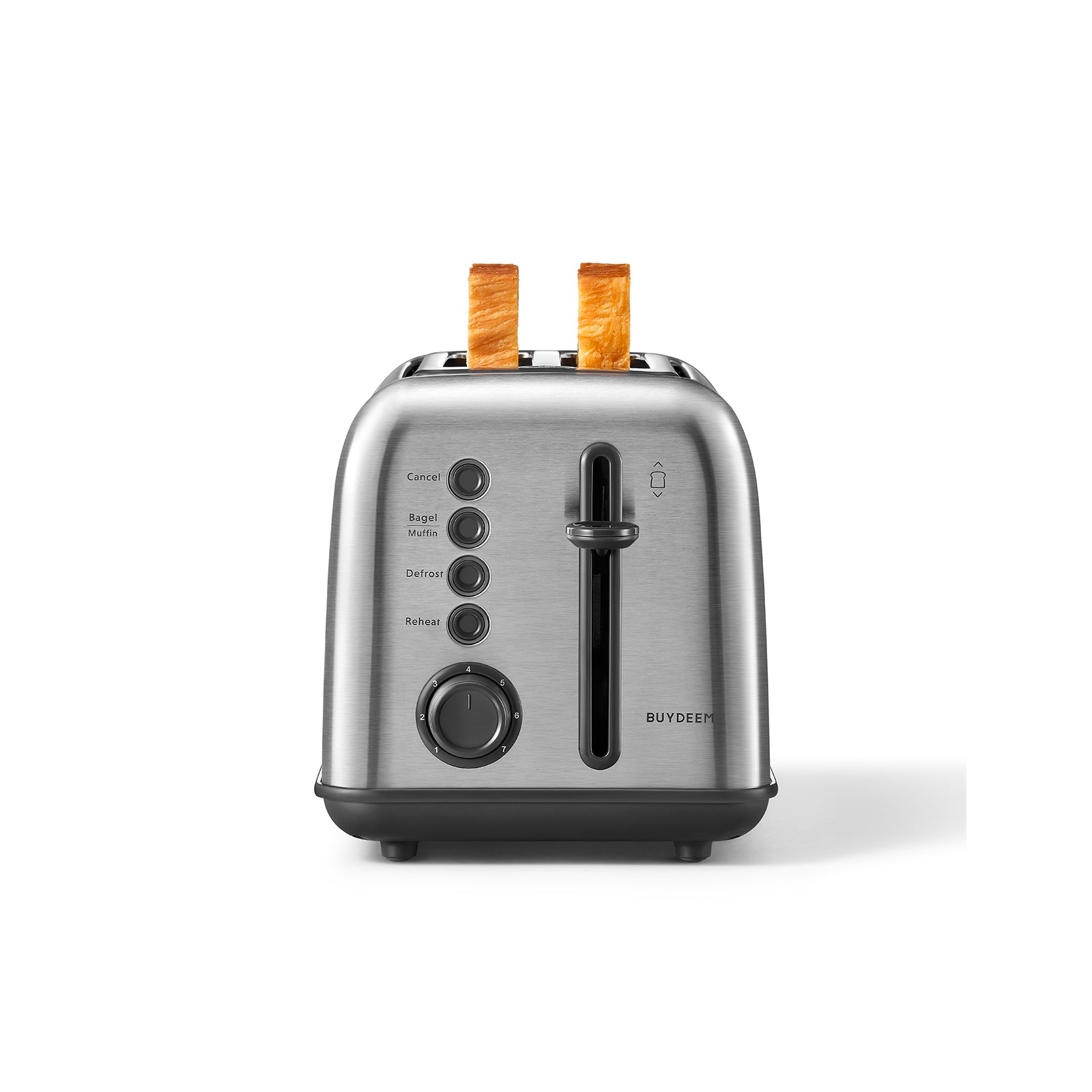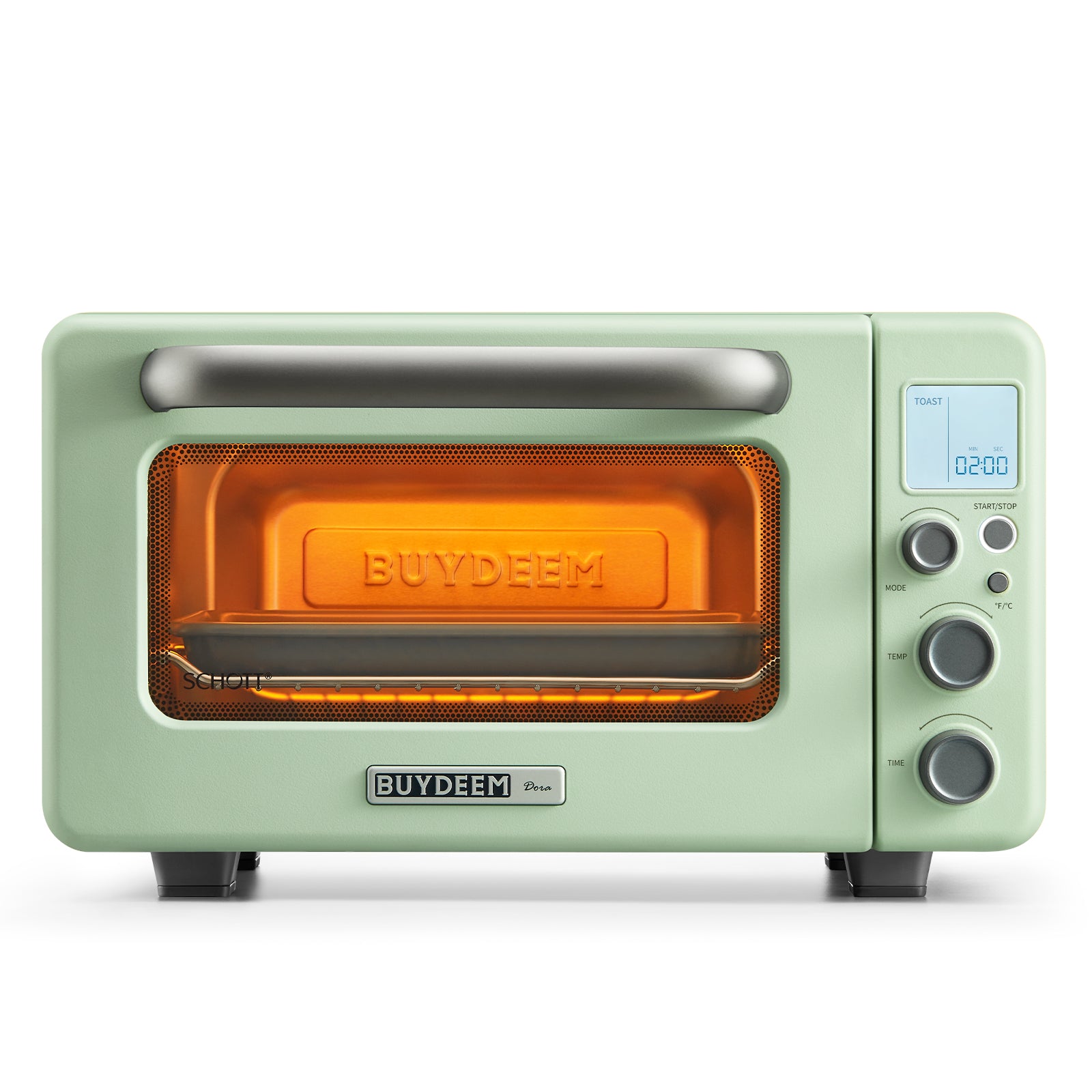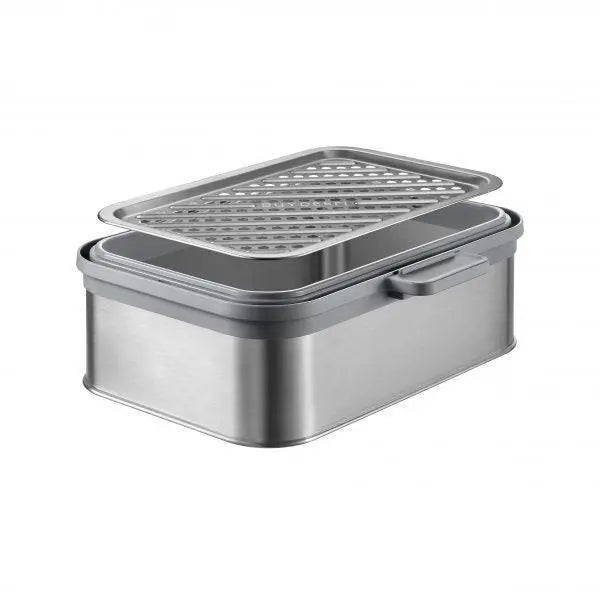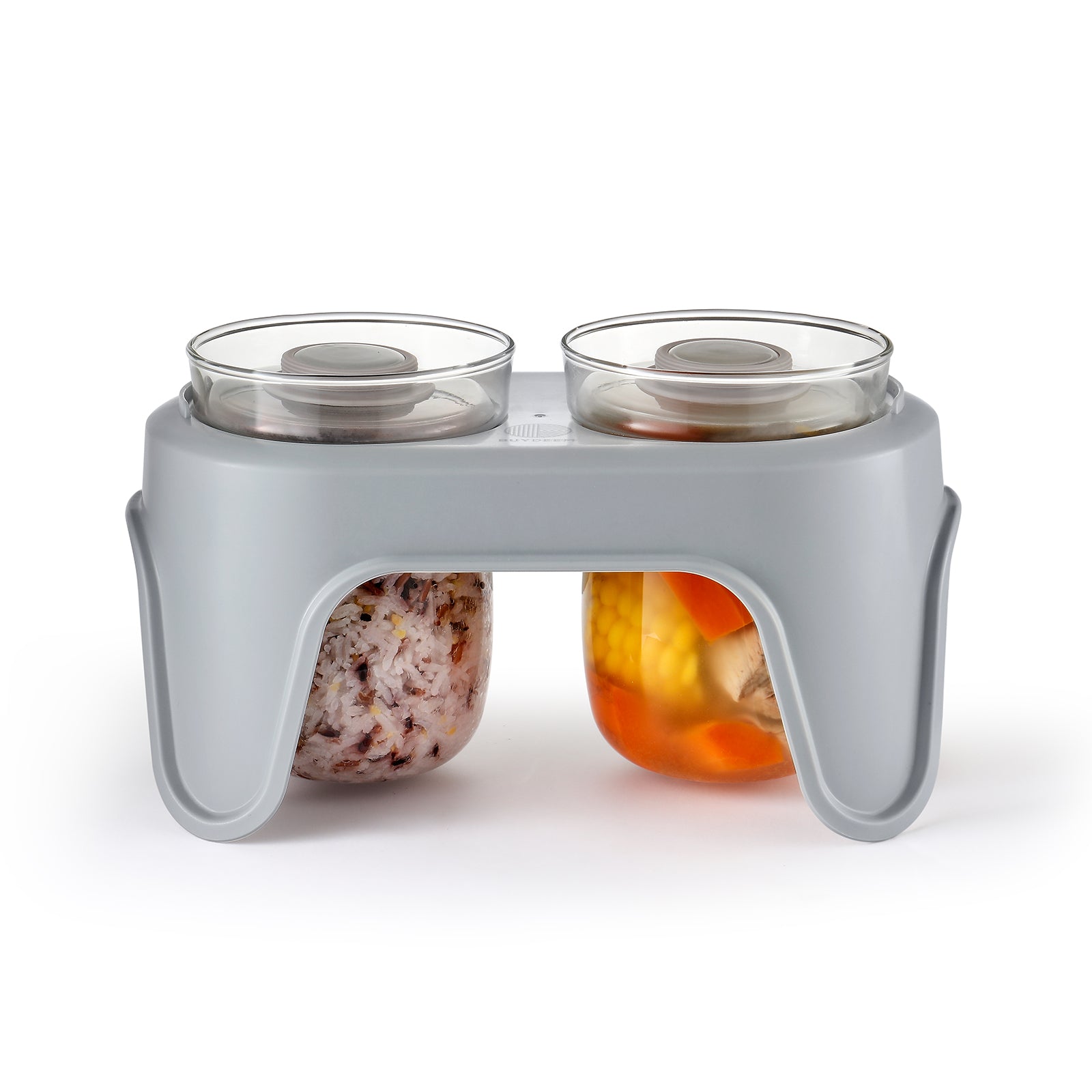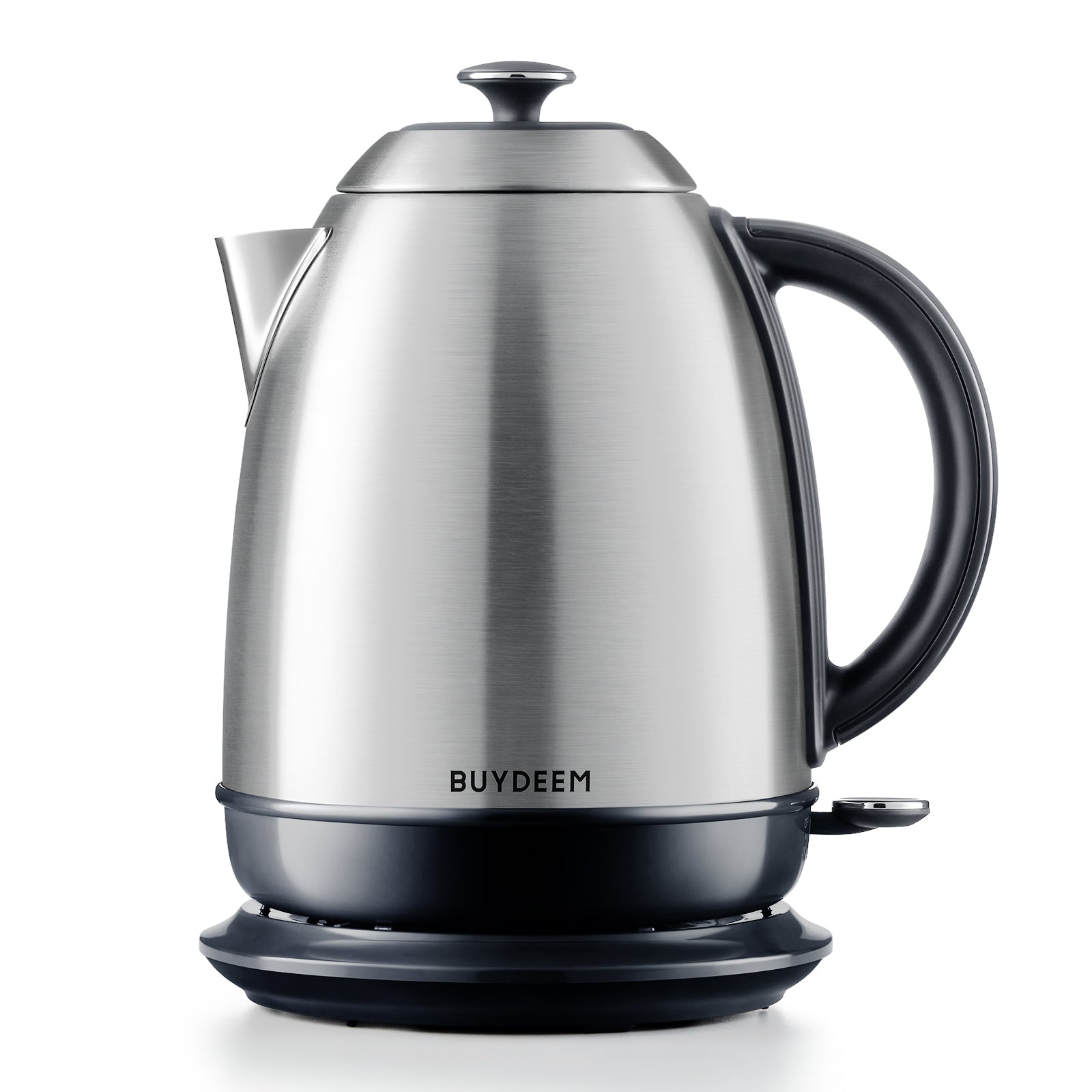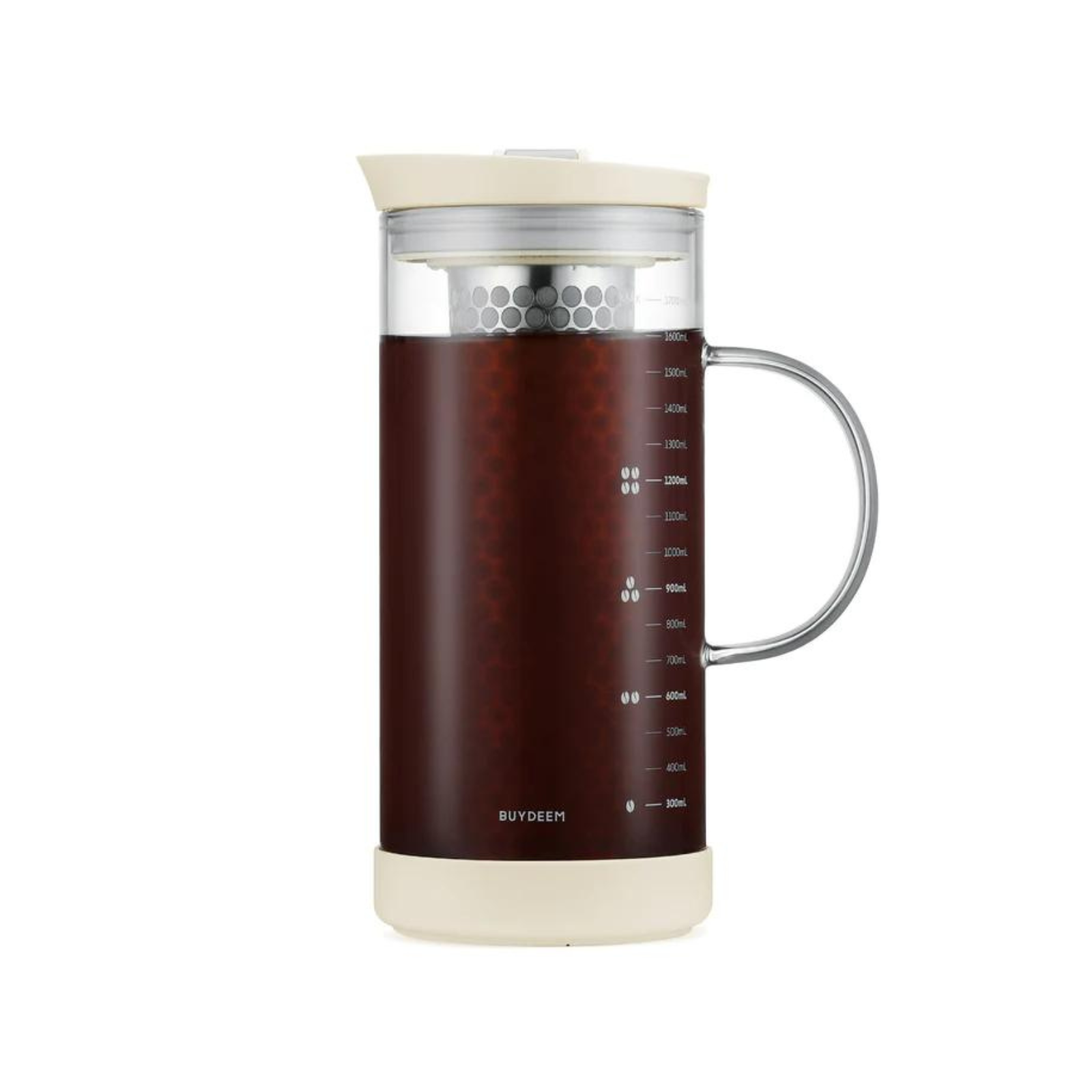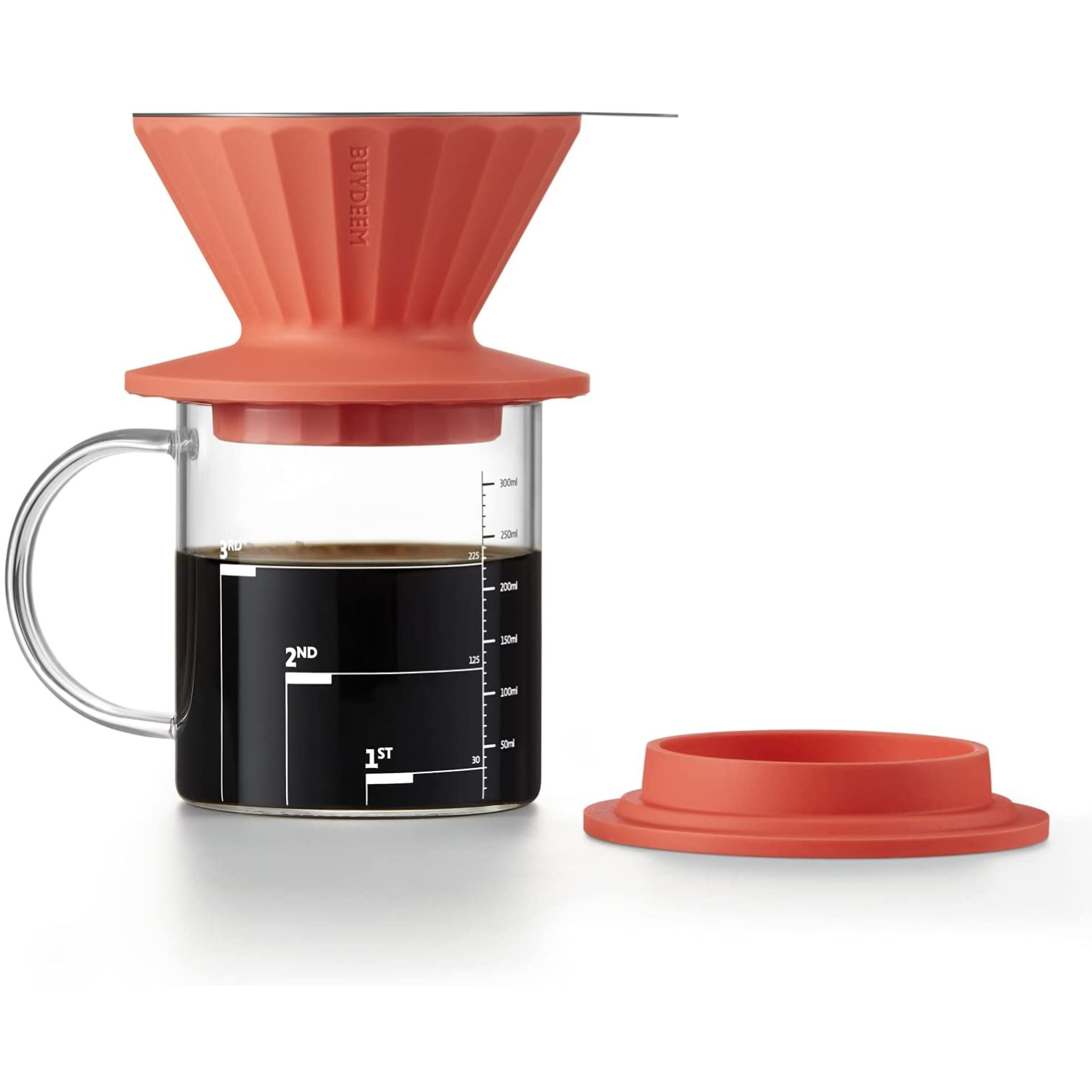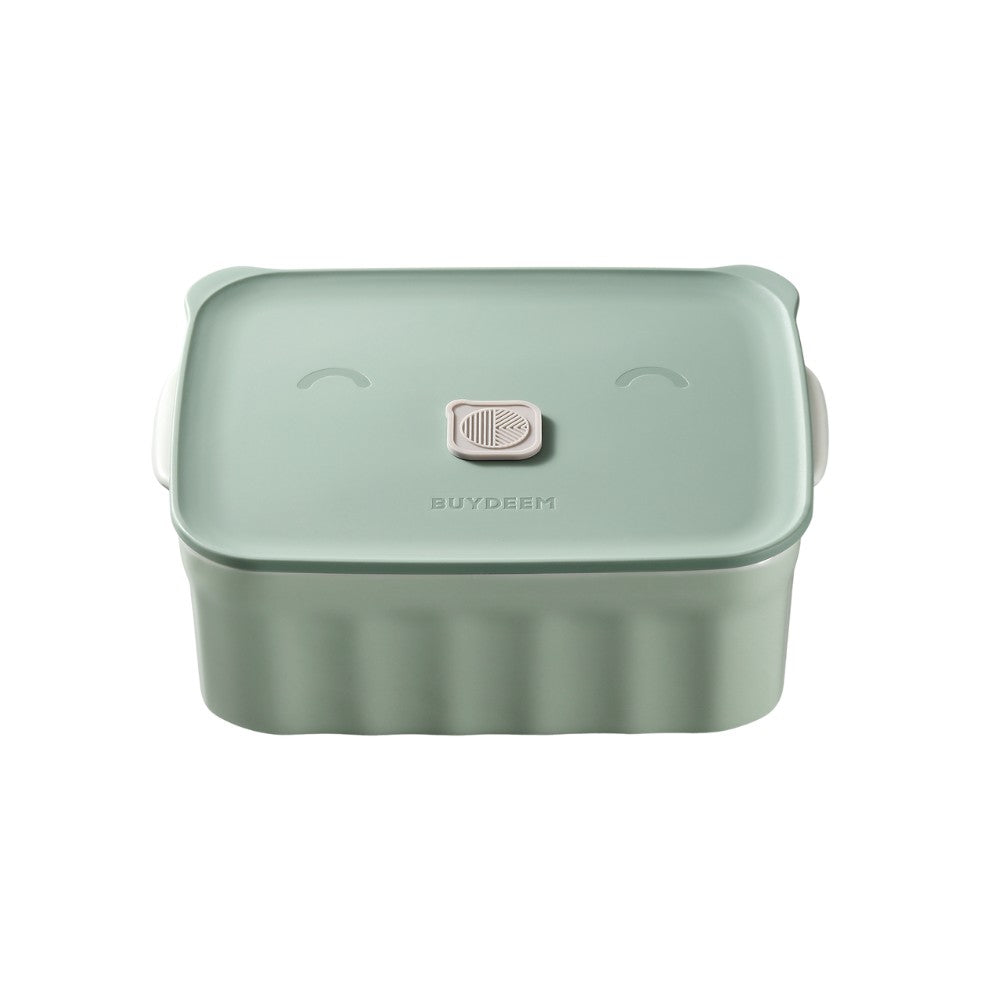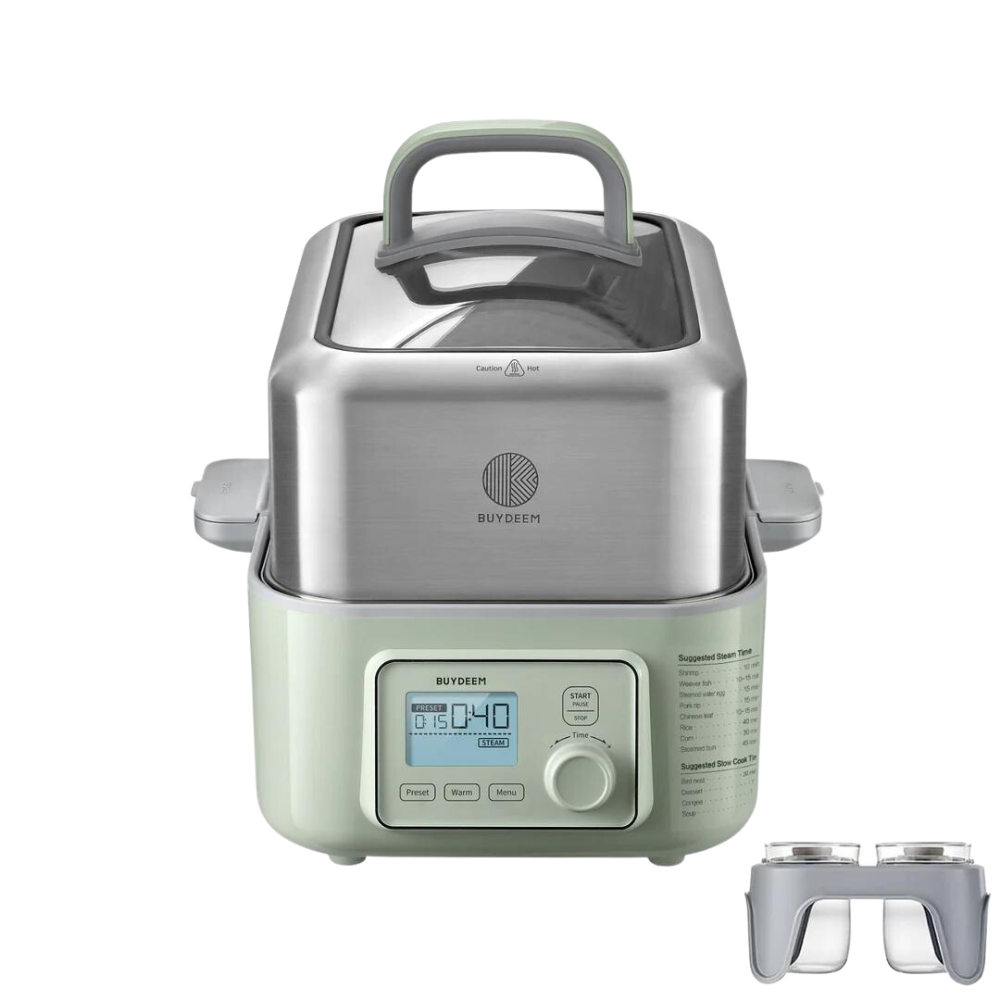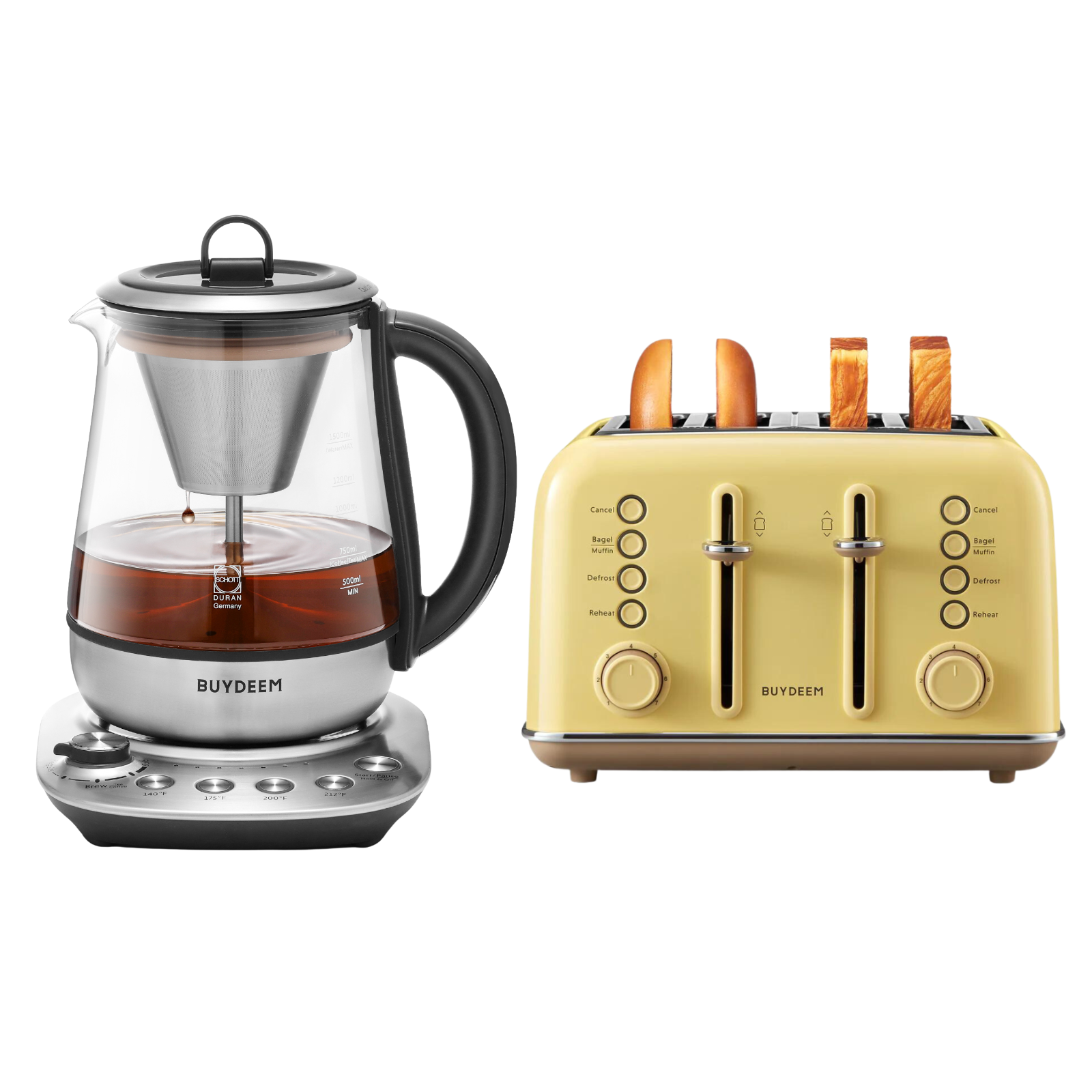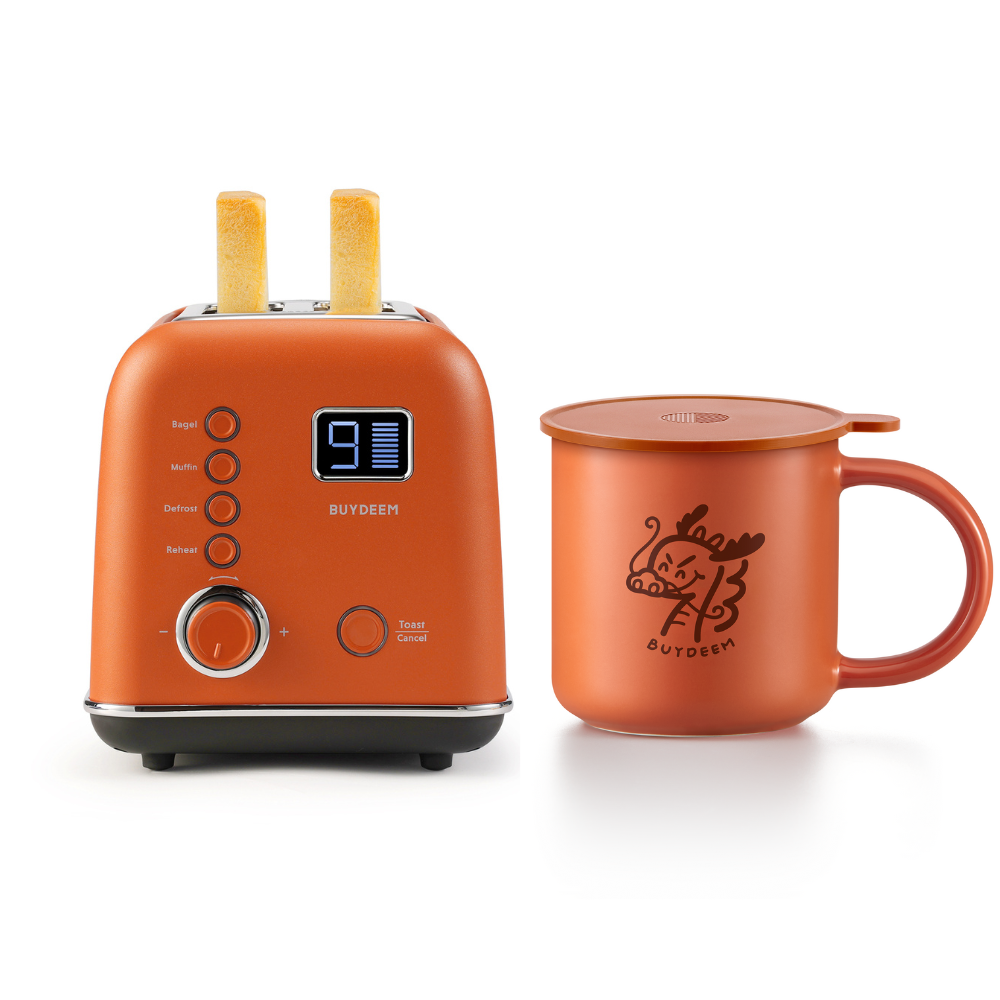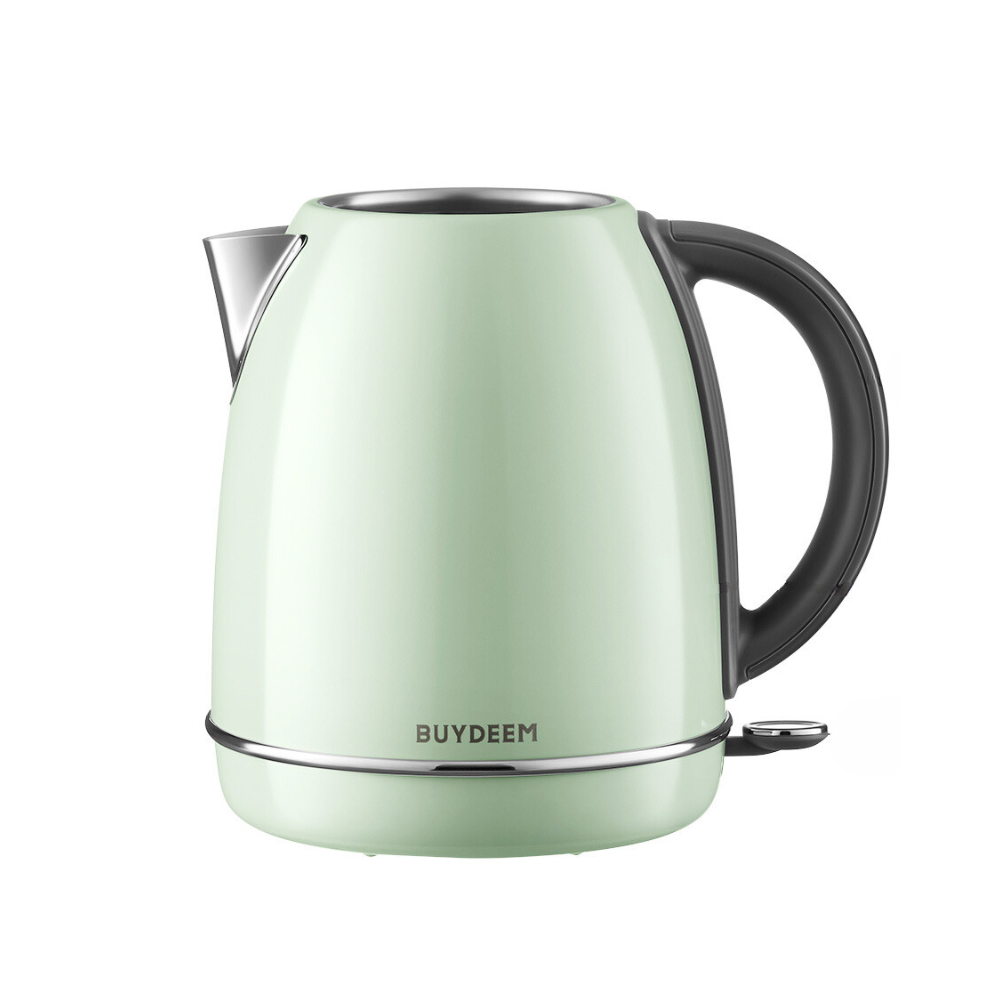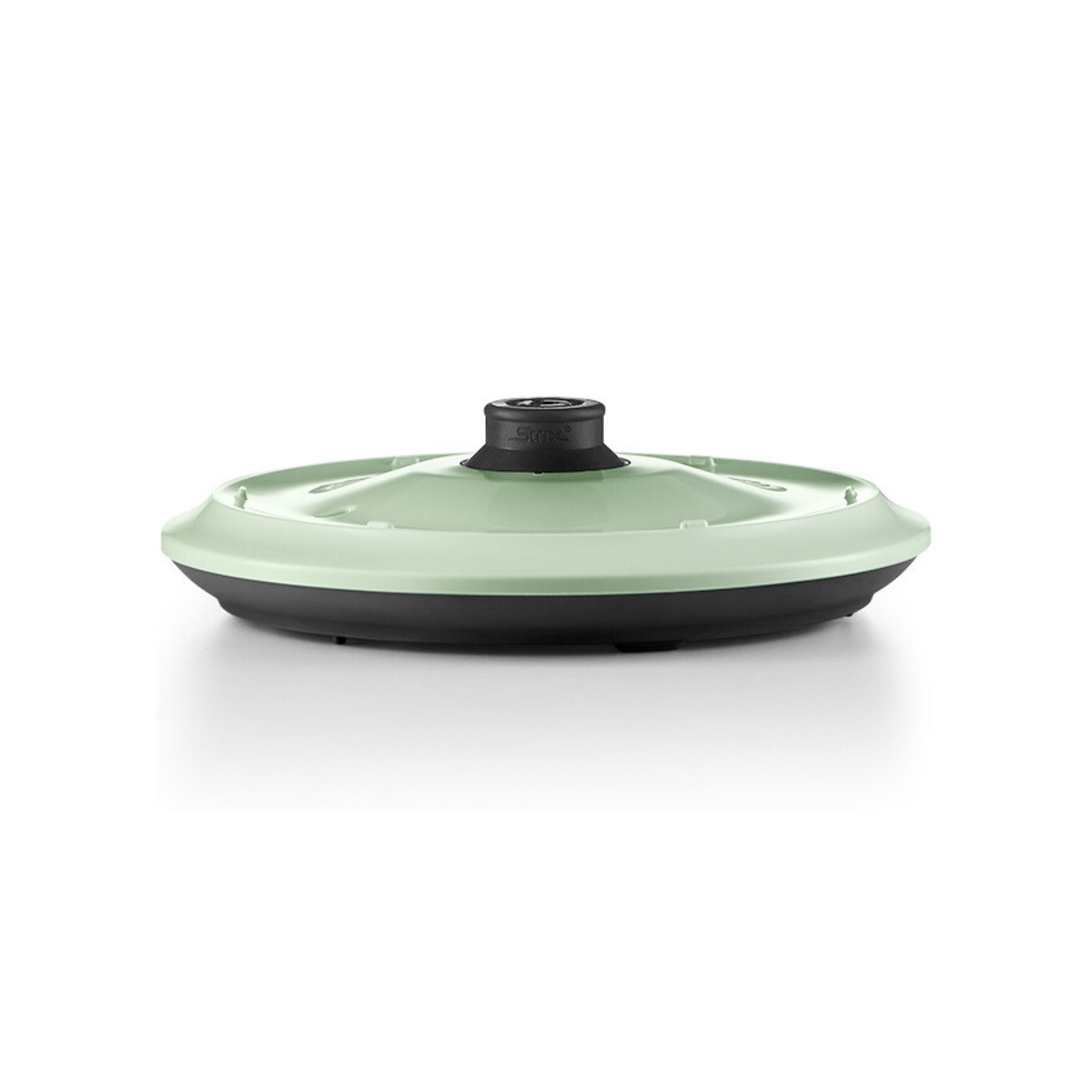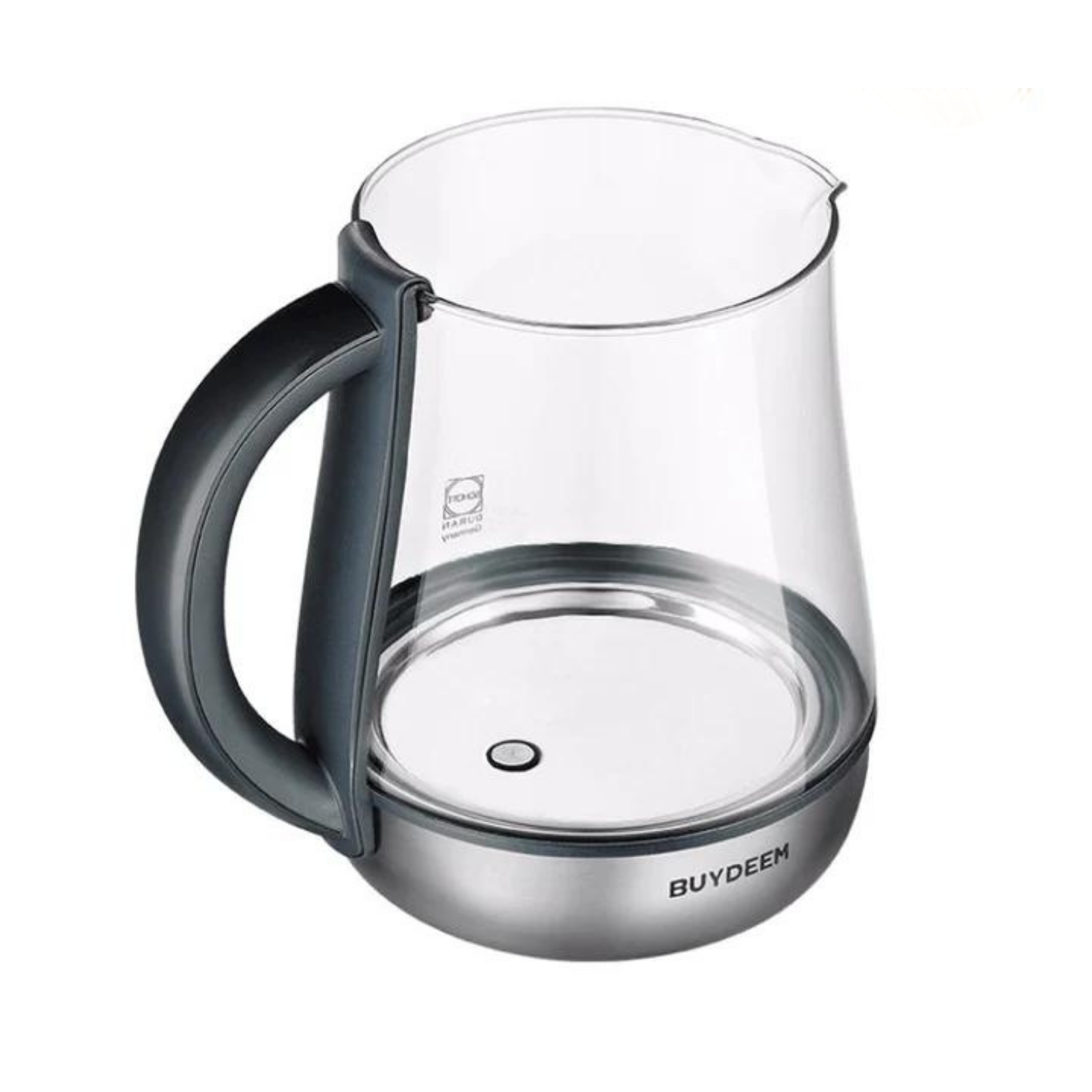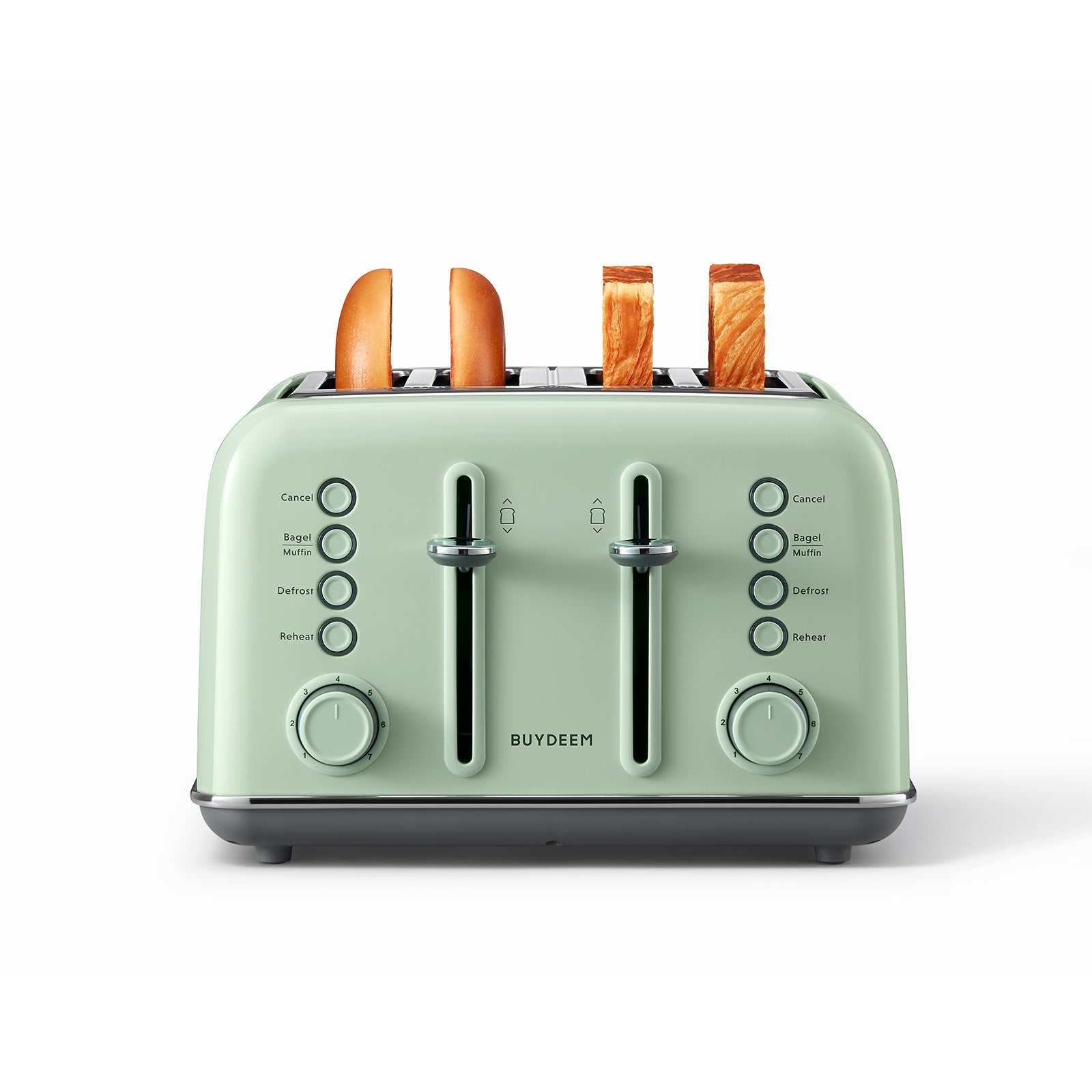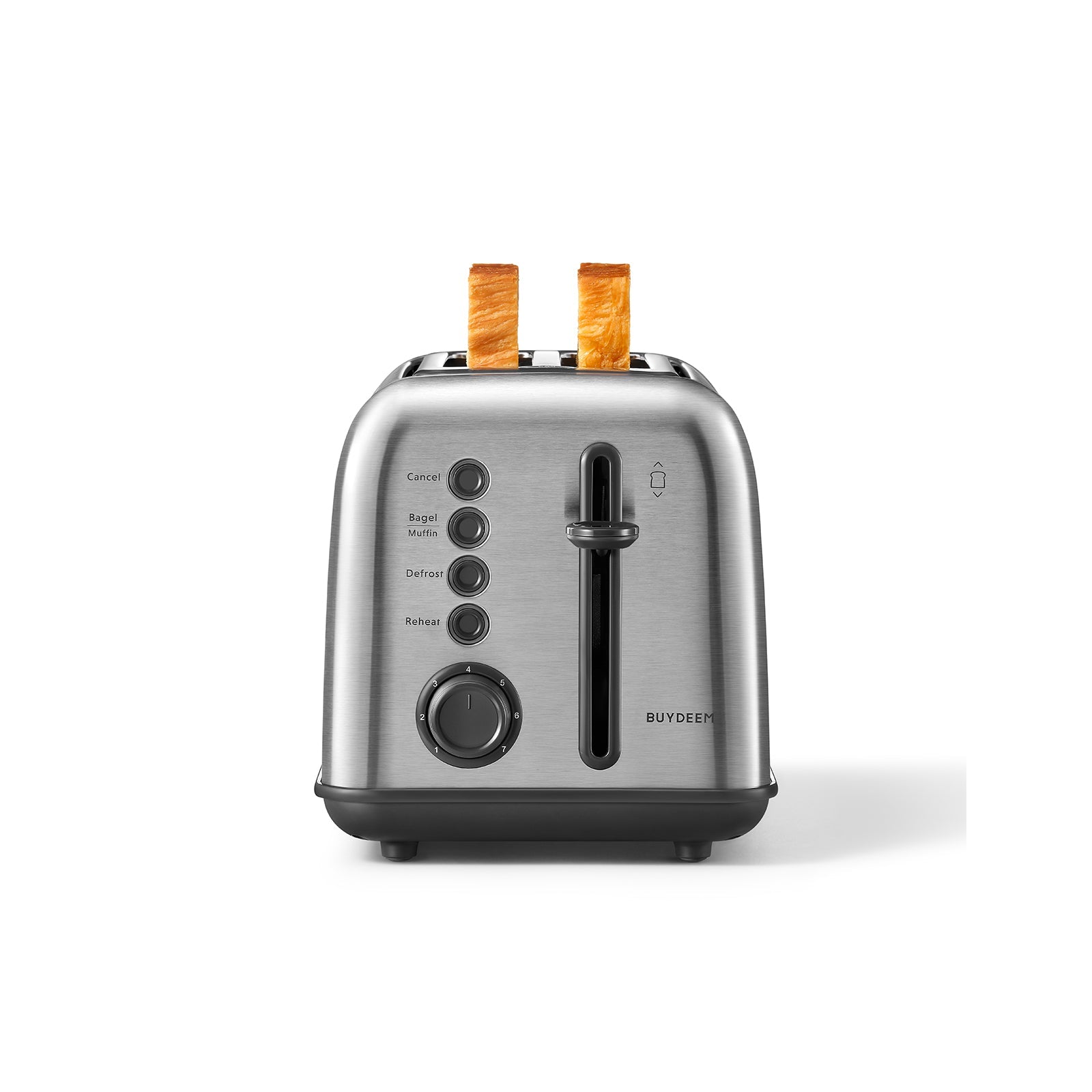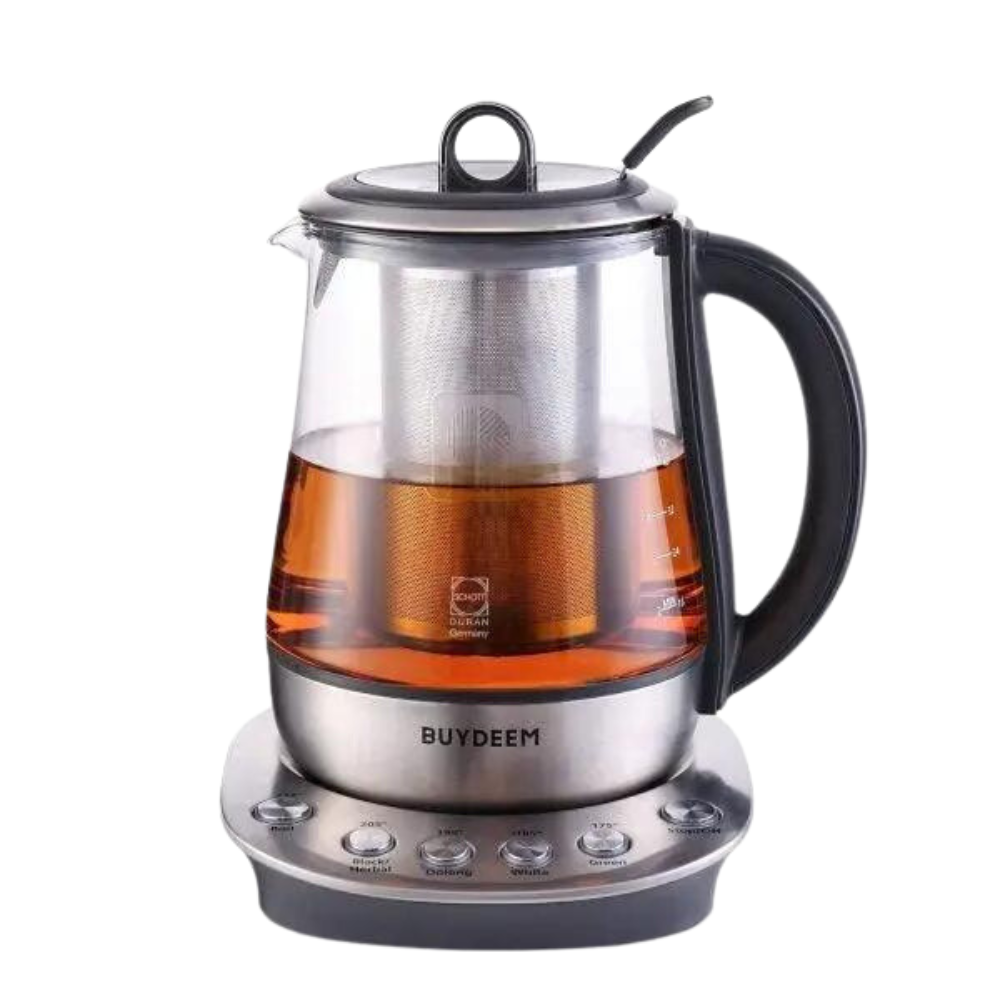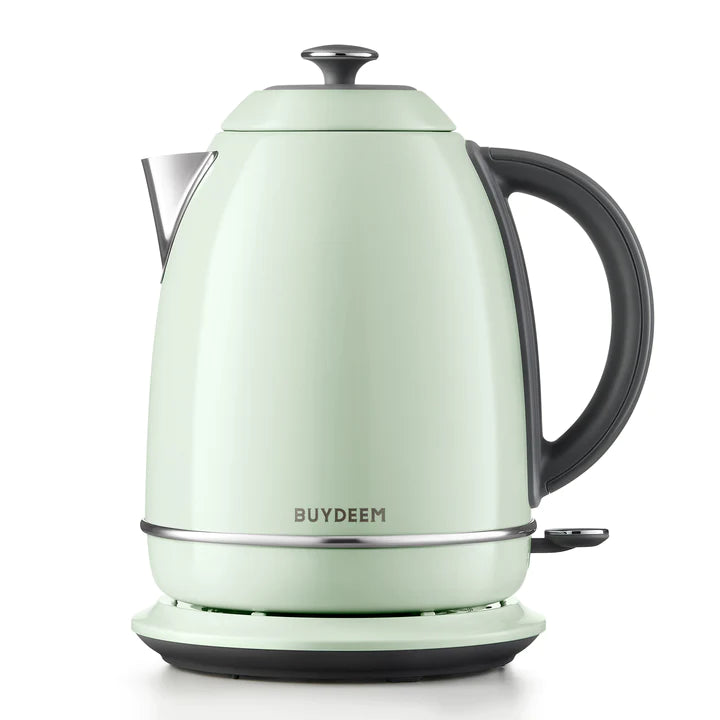
Differences Between Cast Iron and Enamel Dutch Oven
Every well-equipped kitchen has a dutch oven. It's a beloved piece of cookware that gives you plenty of space for cooking, large handles for holding, and thick walls for retaining heat. The best part is that you can go from cooking on the stovetop to the oven without changing cookware.
There's just one major decision you'll have to make when investing in yours, cast iron v.s enamel dutch oven. Technically, they're both made of cast iron. But enameled dutch ovens have a layer of enamel that covers the iron.
We've created this guide to help you understand the differences between the two. That way, you can buy the best piece for your cooking needs.
Differences Between Cast Iron and Enamel Dutch Oven
When comparing cast iron vs. enamel dutch ovens, you need to think about the types of foods you plan to cook. The smooth and non-porous finish of enamel gives you more freedom in how you use your dutch oven. The most notable is that you can cook acidic foods with no problem.
The other thing to consider is the looks. Cast iron cookware is black, that's it. Enameled dutch ovens come in a wide range of colors. This lets you pick a piece that will not only cook great but look beautiful while doing it.
1. Different Ways of Prepping
Before you can use cast iron cookware, you need to season it. This black colored patina creates a "non-stick"type of surface and will help prevent your cookware from rusting.
To season your cast iron, you'll need cooking oil and some time. Start by rubbing a coat of cooking oil on the cookware and placing it in your oven for thirty minutes at 350 degrees. Take it out and apply another layer of oil. Then put it back in the oven at 200 for another hour. Leave your iron cookware in the oven overnight and then apply a third layer of oil in the morning. You'll know it’s adequately seasoned when it has a glossy black finish.
One thing to note about your enameled dutch oven; it will have a lower thermal conductivity. This means it will take longer to heat up. You'll want to consider this when preparing a meal. Professional chefs complete other prepping tasks while waiting for their enameled dutch oven to get to temperature.
2. Different Ways of Caring
- Maintenance
You'll find that cast iron dutch ovens require more preparation and care. This makes the enameled version much easier to maintain.
The biggest problem with cast iron cookware is that it will begin to rust if you fail to properly take care of it. You can't cook with a rusty dutch oven. This means you'll need to go through a restoration and cleaning process and then seasoning before you can use it.
You won't have this problem with enameled dutch ovens. However, you'll find that enameled dutch ovens require you to be more careful when using them. Regular cast iron is incredibly durable and can last decades or even hundreds of years. Enameled dutch ovens can begin to chip with use. This requires you to be more gentle with how you move and care for your enameled cookware.
- Dealing With Chipping
Enamel is a type of paint. To avoid chipping, buy only a high-quality dutch oven. Cheaper ones are more prone to chipping. Then take care when using it. Always pick it up to move it. Dragging it across surfaces could damage the bottom. Avoid using metal cooking utensils; this will scrape the inside.
- Cleaning up After a Meal
How you clean your dutch oven will depend on the type you buy. We're going to start with how to clean a cast iron dutch oven. You'll need paper towels, water, and a dish scrubber. When you're done cooking, use dry paper towels to wipe out the inside. If you have sticky residue, you can wet the paper towel.
Then fill it with water and bring it to a boil. Make sure the water covers any cooked on food bits. The hot water should break loose anything that’s stuck on. Allow the water to cool and use your dish scrubber to get rid of anything stuck on and stubborn.
After you've scraped off all of the remaining bits, dry your dutch oven with paper towels. Finish by adding a thin coat of oil. Wipe off the excess oil with a clean paper towel.
As you can see, cleaning a cast iron dutch oven is a lengthy process. If this doesn't sound like something you're up for, then a Buydeem mint green dutch oven is going to sound a lot more appealing.
You'll need hot water, dish soap, baking soda, dish scrubber or sponge, and paper towels or a drying rack. Unlike cast iron, some enameled dutch ovens can go in the dishwasher. But for the longest life, always wash yours by hand.
Start by soaking your oven with hot water, dish soap, and two tablespoons of baking soda. Let it sit for about 15 minutes. You're now ready to use your scrubber to remove any remaining stuck-on bits. Give it a rinse when done and either dry it with paper towels or leave it in your drying rack.
- Others
The cast iron vs. enamel dutch oven comparison isn't complete without considering cast iron's downfalls. You shouldn't immediately begin using your cast iron upon purchase. You need to season it. Many cooks recommend cooking a few "throwaway" dishes to help create the seasoning layer. This method is time-consuming and wasteful of food.
If you don't properly care for your cast iron, it will be prone to rust. This means no cooking acidic foods. Tomato-based sauces and dishes will eat away at your seasoning, and you’ll need to start the whole process again.
You should also never use soap on your cast iron. This eats away at the seasoning.
Similarity Between Cast Iron and Enamel Dutch Oven
Both cast iron and enameled dutch ovens can go from cooking on your stovetop to roasting in the oven. The stability of the cast iron allows for an even transfer of heat. This prevents warping and other issues that occur with other types of cookware. Also, the entire piece is made out of cast iron, so there are no handle materials that could melt in the oven.
One difference between the two ovens is that you can use a plain cast iron oven over a campfire. The enameled version shouldn't be used over an open flame.
Buydeem's Enameled Cast Iron Dutch Oven
If you've decided that in the cast iron vs. enamel dutch oven debate, that enamel is the ideal piece of cookware for your kitchen, then you’ll want to buy a high-quality one. The Buydeem enameled cast iron dutch oven not only looks beautiful but is a pleasure to use. It has several high-end features that help you to cook like a pro. The enamel coating is durable and resistant to chipping and cracking. The handles are ergonomic for easier handling when putting it in and out of the oven. It's oven-safe up to 932 degrees, well above what most home ovens can produce.Outfit your kitchen with high-quality cookware and appliances by shopping our collection.
